There's something deeply satisfying about sinking into a perfectly cushioned couch after a long day. But here's what most people don't realize – that perfect comfort you're chasing probably isn't going to come from standard, off-the-shelf cushions. I've spent years helping people discover that custom couch cushions and backrests aren't just a luxury, they're actually one of the smartest investments you can make in your daily comfort.
Think about it – you probably spend more time on your couch than anywhere else in your home except your bed. Yet most of us settle for whatever cushions came with our furniture, even when they've lost their shape, developed permanent dents, or never really fit properly in the first place. That's where customization changes everything.
Today I'm sharing some practical tricks and insights I've gathered from working with hundreds of customers who've transformed their living spaces with custom couch cushions and backrests. These aren't complicated designer secrets – just smart, achievable ways to make your home more comfortable without breaking the bank.
Why Standard Cushions Fail (And Nobody Talks About It)
Let's start with an uncomfortable truth about the furniture industry. Most manufacturers design cushions for average bodies in average living rooms, which means they're basically perfect for nobody. According to research from the American Society of Interior Designers, proper seating ergonomics vary significantly based on individual body types, yet standard furniture cushions use one-size-fits-all dimensions.
I've seen this play out countless times. A customer buys a beautiful couch, loves the style, but within months they're complaining about back pain or numb legs during movie nights. The cushions look fine but don't actually support their body properly. The firmness is wrong, the depth doesn't match their leg length, or the backrest angle forces poor posture.

The Hidden Cost of Poor Support
Here's where things get interesting. The Spine-Health medical community reports that prolonged sitting on inadequate support contributes to chronic back problems and poor circulation. We're not just talking about temporary discomfort – we're talking about long-term health impacts from furniture that doesn't properly support your body.
Custom cushions address this by allowing you to specify firmness levels, support zones, and dimensions that actually match your body and how you use your furniture. It's the difference between forcing your body to adapt to your furniture versus having furniture that adapts to you.
Quick Reality Check:
If you're using throw pillows to make your couch more comfortable, your cushions are probably failing you. Custom solutions eliminate the need for makeshift comfort fixes by getting the foundation right from the start.
Smart Measurement Techniques for Perfect Fit
One of the biggest mistakes people make with custom cushions is inaccurate measurements. You'd think measuring a couch cushion would be straightforward, but there's actually quite a bit of nuance involved.
Beyond Basic Length and Width
Sure, you need length and width measurements, but here's what really matters for custom work:
- Depth measurements at multiple points – Most furniture isn't perfectly square, and older pieces often have slight warping
- Corner angles – Rounded corners need radius measurements, not just straight edges
- Frame clearances – How much space exists between cushion edges and frame elements
- Compression depth – How far your current cushions compress under normal use
I always tell customers to measure three times in different lighting conditions. Sounds excessive, but I've seen people discover measurement errors when checking in different light that shows furniture details more clearly.
Accounting for Frame Irregularities
Older furniture or pieces with unique designs often have subtle irregularities that standard cushions can't accommodate. This is where custom solutions really shine – you can account for that slight tilt in the frame, the unusual arm height, or the quirky depth variation that makes standard cushions bunch up or leave gaps.
For complex furniture shapes, creating a simple cardboard template before ordering custom cushions can save enormous headaches. Cut cardboard to match your seating area, mark any curves or angles, and you have a foolproof pattern to work from.
Choosing the Right Firmness: More Science Than Preference
Ask most people what firmness they want in cushions and they'll say "medium-firm" or "not too soft." But cushion firmness is actually much more specific than these vague descriptors, and getting it wrong means uncomfortable seating no matter how perfectly the cushions fit.
The Density-Comfort Connection
Foam density directly correlates with both firmness and longevity. Low-density foam (under 1.5 lbs/cubic foot) feels soft initially but collapses quickly. High-density foam (2.5+ lbs/cubic foot) maintains support longer but can feel too firm for some users.
The trick is matching density to your specific use case. For daily family use with kids jumping around, higher density makes sense. For a formal sitting room used occasionally, you can prioritize initial comfort over long-term durability.

Layering for Optimal Comfort
Here's a trick I learned from furniture manufacturers – the best custom cushions often use multiple foam layers rather than single-density construction. A firm base layer provides support while a softer top layer delivers immediate comfort. This layered approach gives you the best of both worlds.
For custom couch cushions, I typically recommend a base layer of 2.0-2.5 density foam topped with 1-2 inches of softer foam or fiber wrap. This construction maintains shape while providing that welcoming sink-in feel people love.
Professional Insight: If you're replacing cushions on furniture you plan to keep for years, invest in quality foam now. The $30 difference between cheap and quality foam becomes irrelevant when spread over the cushion's 5-7 year lifespan, but the daily comfort difference is significant.
Backrest Angles: The Overlooked Comfort Factor
While everyone focuses on seat cushions, backrest design often gets neglected. Yet the angle and support of your backrest profoundly impacts how comfortable your couch actually is for extended use.
Understanding Optimal Recline Angles
Ergonomic research shows that optimal backrest angles vary based on activity. For active sitting (working, eating, conversation), a more upright 95-105 degree angle works best. For relaxation and media viewing, 110-120 degrees feels more comfortable.
The problem with standard furniture is that backrests are fixed at a single angle. Custom backrest cushions allow you to effectively adjust this angle by varying thickness along the cushion's height. A thicker lower back section creates a more upright position, while consistent thickness maintains the furniture's existing angle.

Lumbar Support Customization
One of the most common comfort complaints about standard couches is inadequate lumbar support. The lower back's natural curve needs proper support to prevent fatigue and discomfort during extended sitting.
Custom backrest cushions can incorporate built-in lumbar zones with increased firmness or thickness. This targeted support makes an enormous difference for people who spend hours reading, working, or watching TV on their couches.
For people with specific back issues, consulting with medical professionals about optimal support levels before ordering custom backrests is smart. Many physical therapists have specific recommendations that custom cushion makers can incorporate into the design.
Fabric Selection: Balancing Aesthetics and Practicality
The fabric covering your custom cushions impacts both appearance and performance. This is where many people make decisions based purely on looks, then regret it when the fabric doesn't hold up to daily use.
Durability Ratings Matter
Upholstery fabrics have specific durability ratings measured in "double rubs" – basically how many times the fabric can be rubbed before showing wear. For furniture that gets daily use, you want minimum 15,000 double rubs. Heavy use areas need 25,000+.
The Textile Affairs industry resource provides detailed information on fabric performance standards. Don't just choose based on color and texture – check the durability specifications.
Cleaning and Maintenance Considerations
Beautiful fabrics mean nothing if you can't keep them clean. For family homes with kids and pets, cleanability should weigh heavily in fabric selection.
Performance fabrics with stain resistance built into the fiber structure work much better than topical stain treatments that wear off over time. They cost more initially but maintain appearance longer with less maintenance effort.
Removable covers add versatility for deep cleaning, but zippers and seams create design compromises. If you go with removable covers, invest in quality zippers that won't fail after a few removal cycles.
Indoor vs Outdoor: Different Requirements for Custom Cushions
The location where you'll use your custom cushions dramatically impacts material and construction choices. What works great indoors might fail rapidly in outdoor environments, and vice versa.
Indoor Comfort Priorities
For indoor spaces, you can prioritize comfort and aesthetics over weather resistance. This opens up more fabric options and allows softer foam densities that might not hold up outdoors.
Indoor custom cushions benefit from breathable fabrics that don't trap heat. Natural fibers like cotton blends provide excellent comfort but require more maintenance than synthetics. The choice depends on your specific lifestyle and willingness to perform upkeep.
Outdoor Durability Needs
Outdoor cushions face UV exposure, moisture, temperature extremes, and potential mold growth. These challenges require specific materials and construction approaches.
For outdoor applications like outdoor bench cushions or patio seating, solution-dyed acrylic fabrics and quick-dry foam cores are essential. Don't try to use indoor cushions outside – they'll deteriorate rapidly and potentially create health hazards from mold growth.

Versatility Hack:
If you want cushions that can work both indoors and outdoors, choose outdoor-rated materials with attractive indoor aesthetics. You can take them outside for parties and bring them back in for everyday use without worrying about weather damage.
Color Psychology and Design Integration
Custom cushions offer the perfect opportunity to enhance your interior design, but color selection involves more than just personal preference. Understanding how colors affect mood and spatial perception helps you make choices that improve your living environment.
Creating Visual Space
Lighter cushion colors make furniture appear larger and spaces feel more open. Darker colors create cozy, intimate feelings but can make small rooms feel cramped. If your living room feels tight, custom cushions in light neutrals or soft pastels can visually expand the space.
Monochromatic color schemes (different shades of the same color) create sophisticated, cohesive looks. Complementary colors add energy and visual interest but require careful balance to avoid overwhelming the space.
Pattern and Texture Considerations
Solid colors show wear and staining more readily than patterns. Subtle patterns or textures hide minor imperfections while still maintaining a clean aesthetic.
Large patterns work well on big furniture pieces but can overwhelm smaller spaces. Small-scale patterns add interest without dominating the room. Consider the viewing distance when selecting pattern scale – what looks good up close might read as visual noise from across the room.

Budget-Smart Customization Strategies
Custom doesn't necessarily mean expensive if you're strategic about what you customize and where you invest your budget.
Prioritizing High-Impact Areas
Not every cushion needs premium customization. Focus your budget on the most-used seating areas – typically the main couch cushions and the favorite sitting spots that get daily use.
For less-used furniture like occasional chairs or formal sitting areas, you can often make standard cushions work with minor modifications. Save your custom budget for the pieces that really matter to your daily comfort.
Phased Replacement Approach
You don't have to replace all your cushions at once. Start with the most problematic or worn pieces and gradually upgrade over time. This spreads costs while allowing you to test materials and construction approaches before committing to full-room customization.
I've seen customers start with chair cushions to test a custom manufacturer's quality before ordering expensive couch replacements. This low-risk approach builds confidence and prevents costly mistakes.
Budget Wisdom: Spending $400 on custom cushions that last 6-8 years costs less annually than spending $150 on standard cushions every 2 years. Factor in the improved comfort and health benefits, and custom becomes the economical choice.
Special Considerations for Unique Furniture Styles
Different furniture styles present unique challenges and opportunities for custom cushion solutions.
Mid-Century Modern Pieces
Mid-century furniture often features low profiles and angled backs. Custom cushions for these pieces need to maintain the distinctive design lines while improving comfort. Thin, firm cushions preserve the aesthetic while providing better support than worn original cushions.
Deep-Seat Sectionals
Modern deep-seat furniture looks great but can be uncomfortable for shorter people whose feet don't reach the floor. Custom cushions with adjusted depth and firmness zones make these trendy pieces actually usable for diverse body types.
For extra-deep seating, consider deep seat cushion solutions that provide proper support without requiring pillows for back support. The right cushion depth eliminates that awkward too-far-from-the-backrest feeling.
Antique and Vintage Furniture
Older furniture often has beautiful frames but terrible original cushions. Custom replacements can restore comfort while preserving the piece's character and value.
When working with antiques, careful measurement is crucial – vintage furniture frequently has irregular dimensions and construction quirks. Taking templates and multiple measurements prevents custom cushions that don't quite fit these unique pieces.
Installation and Break-In Period
Even perfectly made custom cushions need a break-in period to reach optimal comfort. Understanding this prevents disappointment when new cushions feel different than expected initially.
What to Expect Initially
New foam cushions typically feel firmer than they will after a few weeks of use. High-quality foam needs time to soften slightly and conform to your regular seating patterns. Give new cushions at least 2-3 weeks of normal use before judging comfort.
If cushions still feel too firm after the break-in period, contact your manufacturer. Reputable custom makers will work with you to adjust firmness, but give the product fair time to settle first.
Proper Placement Techniques
Custom cushions should fit snugly without forcing. If you have to compress cushions significantly to fit them into furniture frames, the measurements were off. Slight compression is normal, but you shouldn't need to wrestle cushions into place.
For removable cushions, rotate them regularly during the first few months to ensure even break-in across all surfaces. This prevents developing permanent depressions in your favorite sitting spots.
Maintenance for Long-Term Performance
Custom cushions represent an investment, and proper maintenance maximizes their lifespan and performance.
Regular Rotation Schedule
Rotate seat cushions every 2-3 months to distribute wear evenly. Flip reversible cushions when rotating for maximum longevity. This simple habit can extend cushion life by years.
Backrest cushions don't need rotation but benefit from periodic fluffing and reshaping. Gently punch and knead foam cushions to redistribute filling and maintain proper loft.
Cleaning Best Practices
Vacuum cushions regularly to remove dust and debris that works into fabric and foam. Use upholstery attachments to avoid damaging fabric.
Spot clean spills immediately before they set. Blot don't rub, working from the outside of the stain inward to prevent spreading. For stubborn stains, consult fabric care instructions before using cleaning products.
If cushions have removable covers, wash according to manufacturer instructions. Use gentle cycles and air dry when possible to prevent shrinkage and fabric damage.
Maintenance Shortcut:
Keep fabric protector spray handy and reapply every 6 months. This simple step dramatically reduces staining and makes regular cleaning easier. Test on hidden areas first to ensure compatibility with your specific fabric.
When to Choose Professional vs DIY Solutions
Some cushion projects are perfect for DIY while others really need professional custom work. Knowing the difference saves time and frustration.
DIY-Friendly Projects
Simple rectangular cushions with basic covers are reasonable DIY projects if you have sewing skills and access to foam suppliers. Box cushions (squared edges) are easier than more complex shapes.
Recovering existing cushions in good condition is another manageable DIY project. If the foam is still supportive and just the fabric is worn, new covers can refresh furniture at lower cost.
Projects Requiring Professional Work
Complex shapes, curved cushions, and pieces requiring precise sizing for perfect fit should be left to professionals. The tools, materials, and expertise needed for quality work often exceed what DIY enthusiasts can access.
Cushions requiring specialized materials like marine-grade foam or high-performance outdoor fabrics also benefit from professional fabrication. These materials need specific handling and construction techniques.

Environmental and Health Considerations
The materials in your custom cushions affect both environmental impact and indoor air quality. Making informed choices benefits both your health and the planet.
Low-VOC Materials
Foam can off-gas volatile organic compounds that affect sensitive individuals. Look for CertiPUR-US certified foams that meet strict standards for emissions, content, and durability.
Natural latex foam offers an alternative to synthetic foams with lower environmental impact and excellent durability. It costs more but provides superior comfort and longevity for those willing to invest.
Sustainable Fabric Options
Recycled polyester fabrics offer durability and performance while reducing environmental impact. These fabrics often match or exceed virgin material performance while keeping plastic out of landfills.
For natural fiber preferences, look for organic cotton or linen options. These breathable fabrics feel wonderful but require more maintenance and may not hold up as well in high-use areas.
Ready to Transform Your Living Space?
Creating the perfect custom couch cushions and backrests isn't just about comfort – it's about transforming your daily living experience. When your furniture properly supports your body and reflects your style, your entire home feels more welcoming and functional.
At Rulaer, we've helped thousands of customers discover the difference that truly custom solutions make. Whether you're refreshing a beloved piece of furniture or creating the perfect seating for a new space, our expertise with custom cushion design ensures you get exactly what you need.
From simple floor cushions to complex custom configurations, we understand that every home and body is unique. That's why we take the time to understand your specific needs, lifestyle, and preferences before recommending solutions.
Ready to experience comfort that's actually customized for you? Explore our collection and discover why settling for standard cushions no longer makes sense. Your most comfortable living room is just a custom solution away.

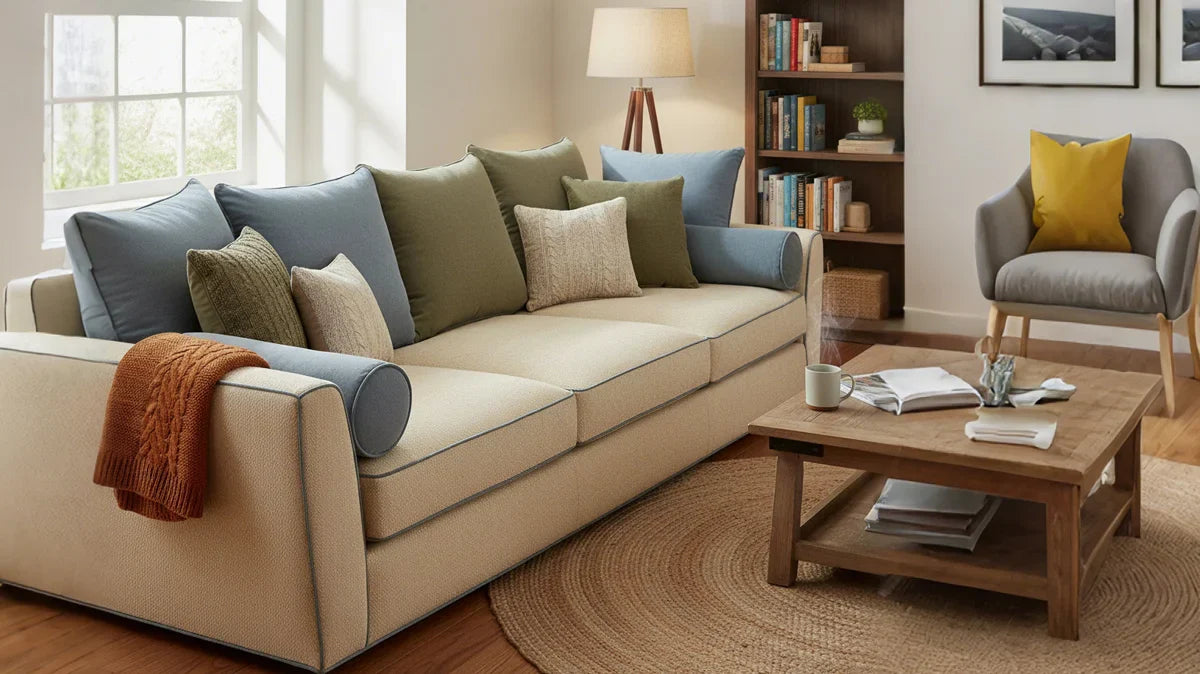
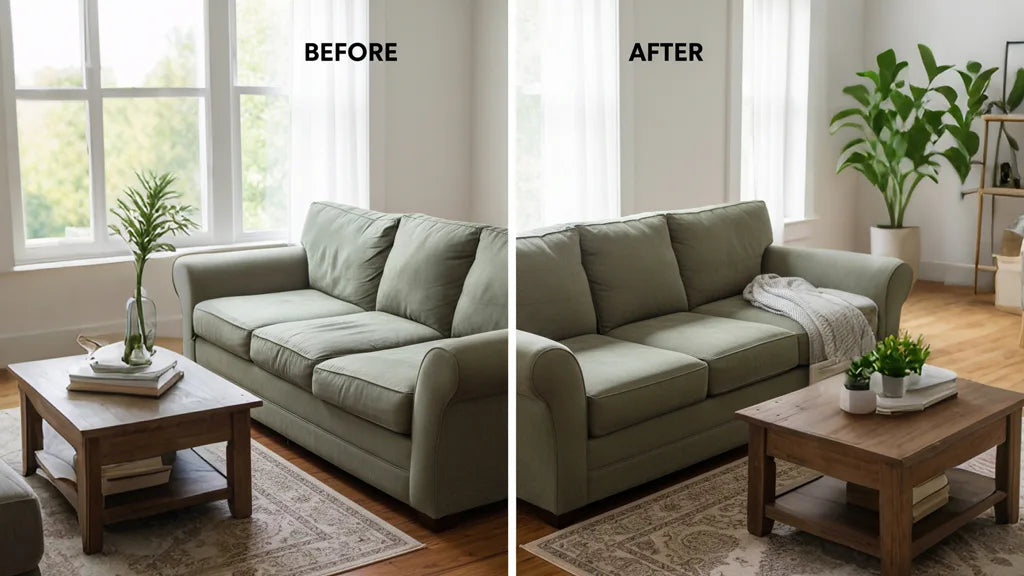

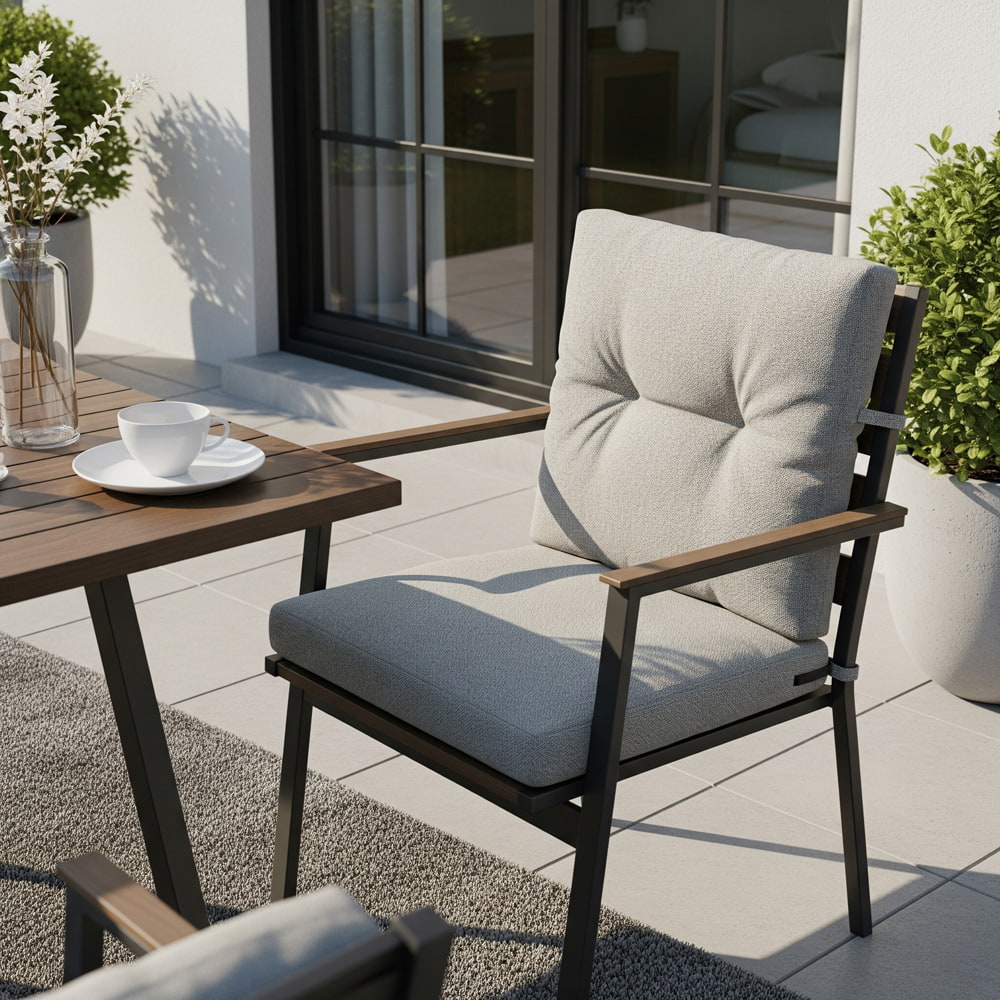
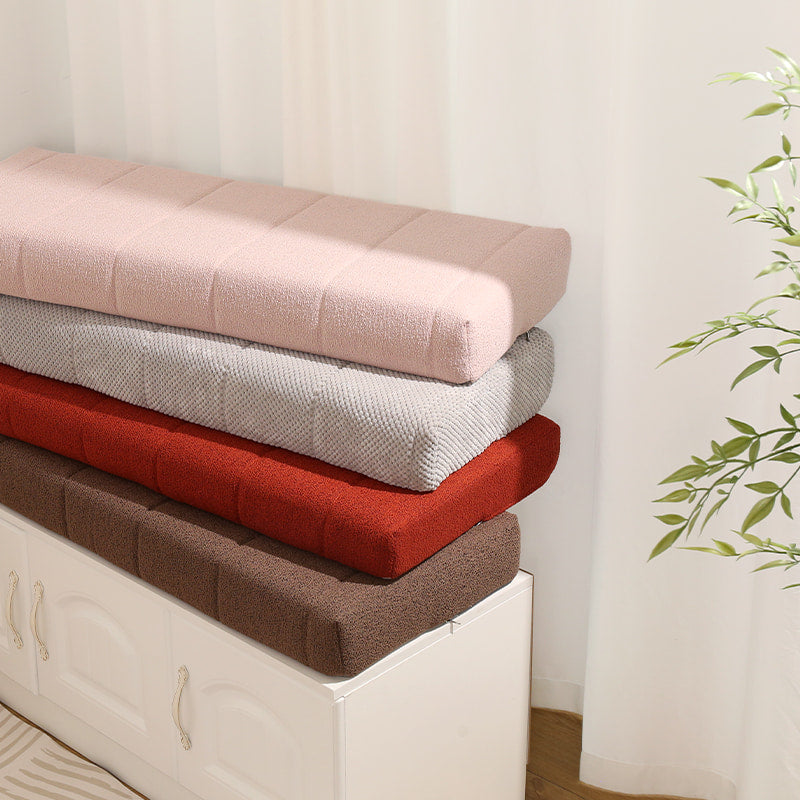
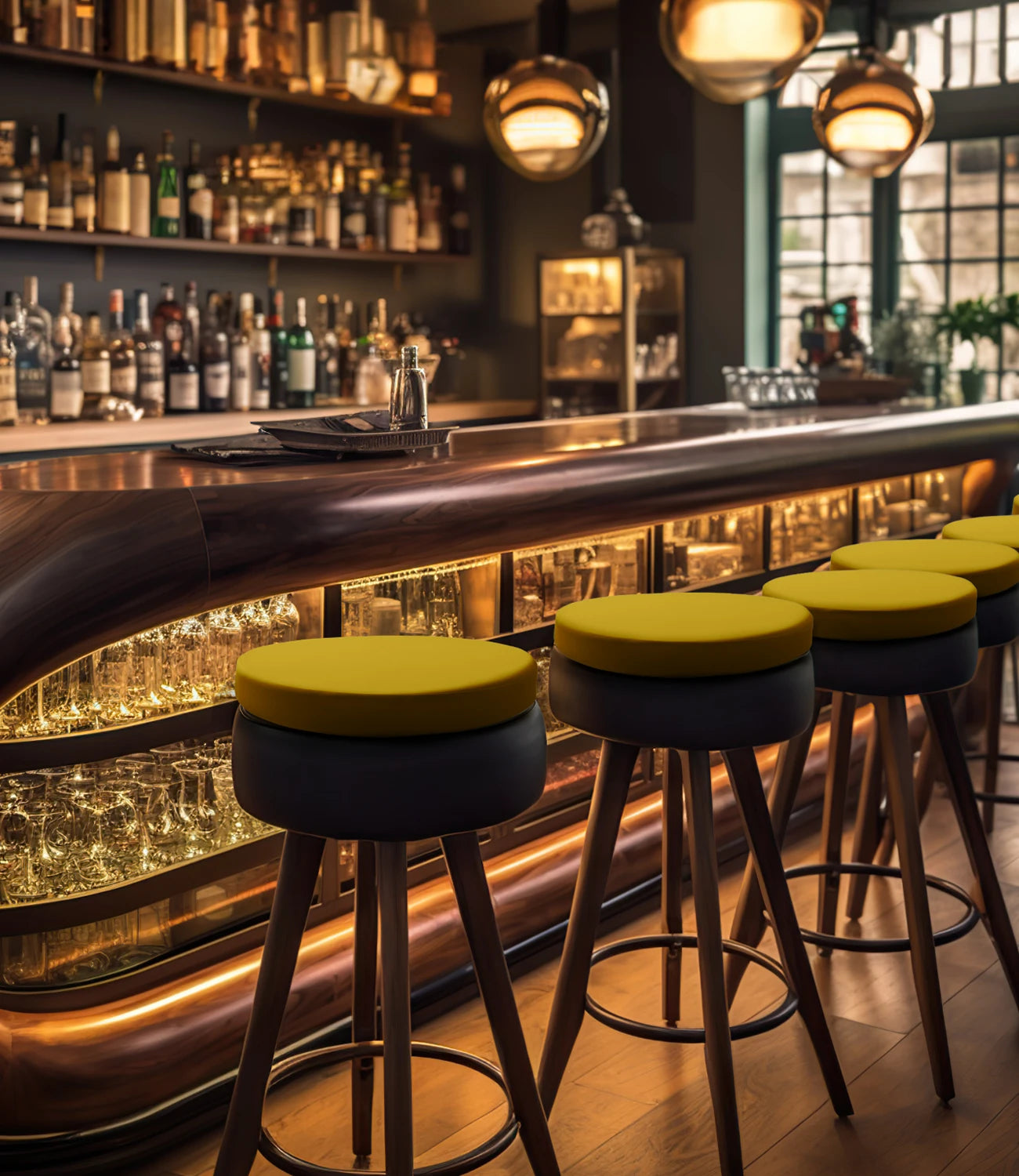
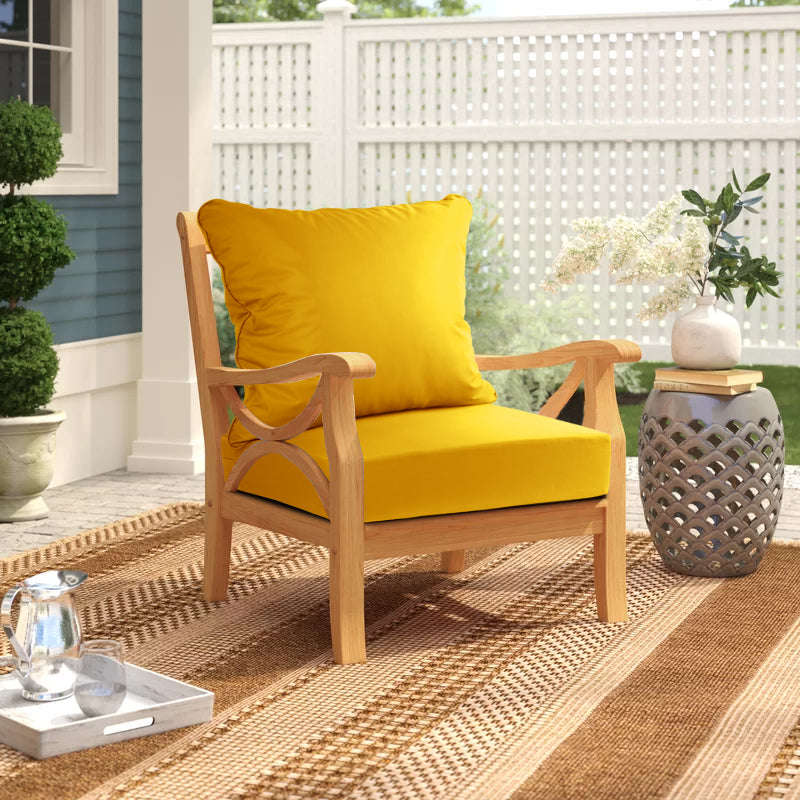
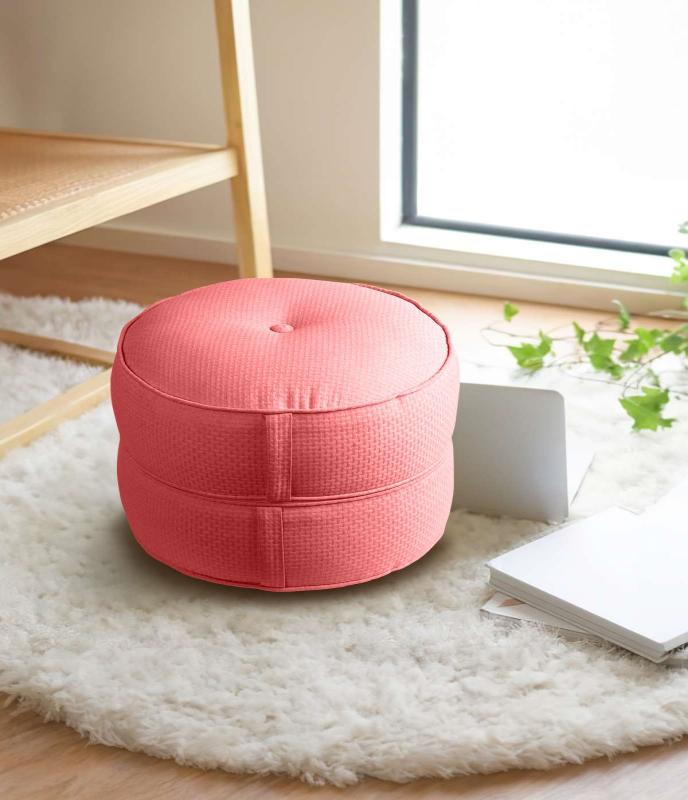
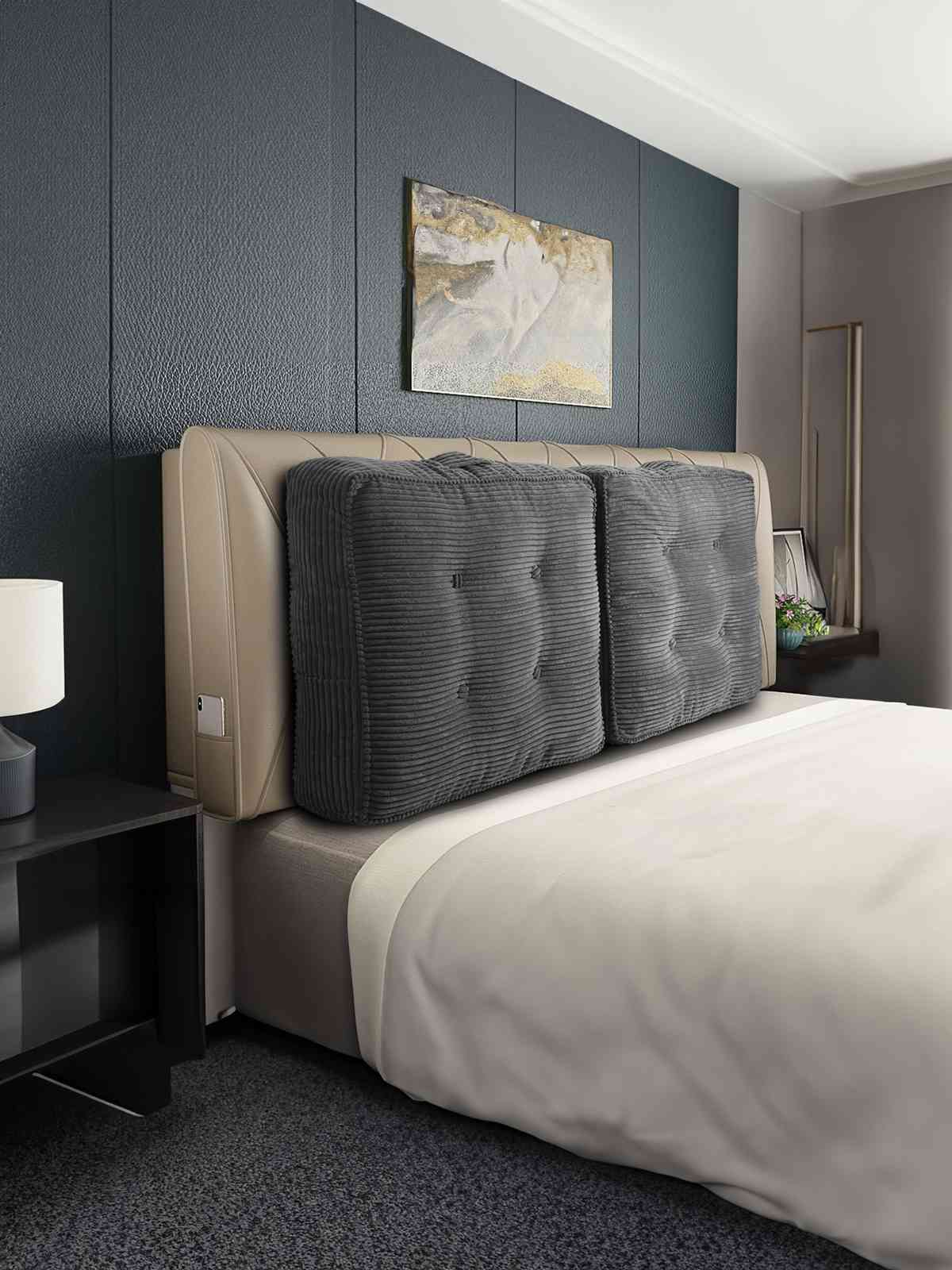
Leave a comment
All comments are moderated before being published.
This site is protected by hCaptcha and the hCaptcha Privacy Policy and Terms of Service apply.